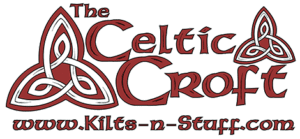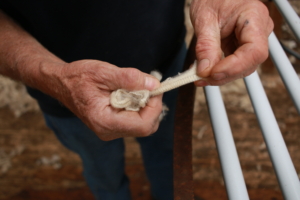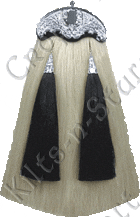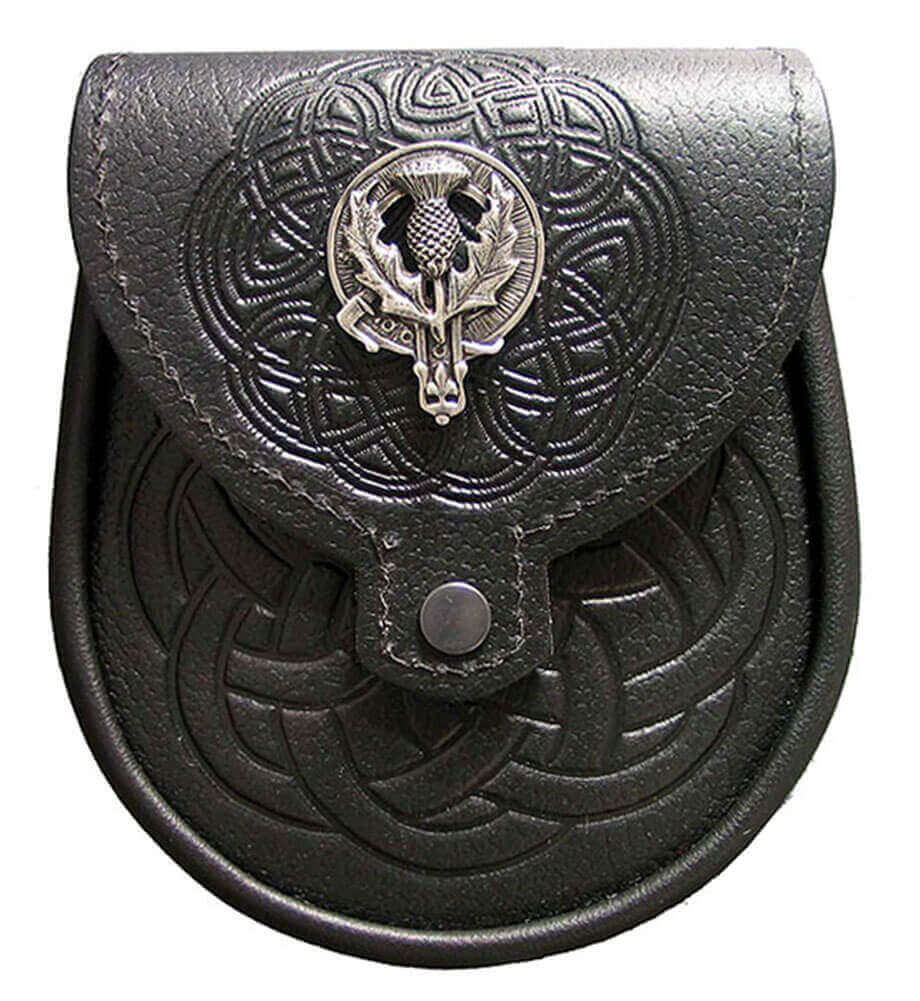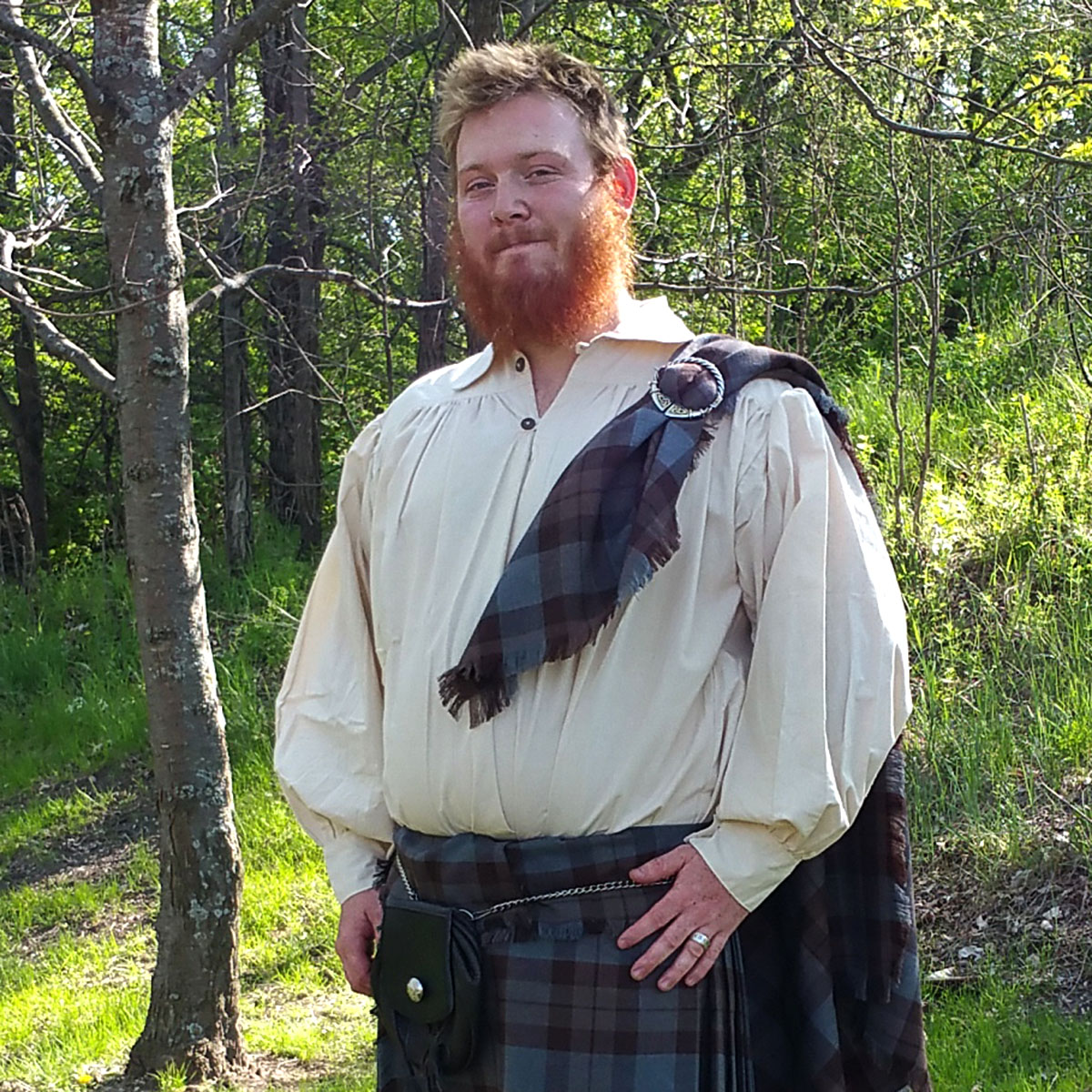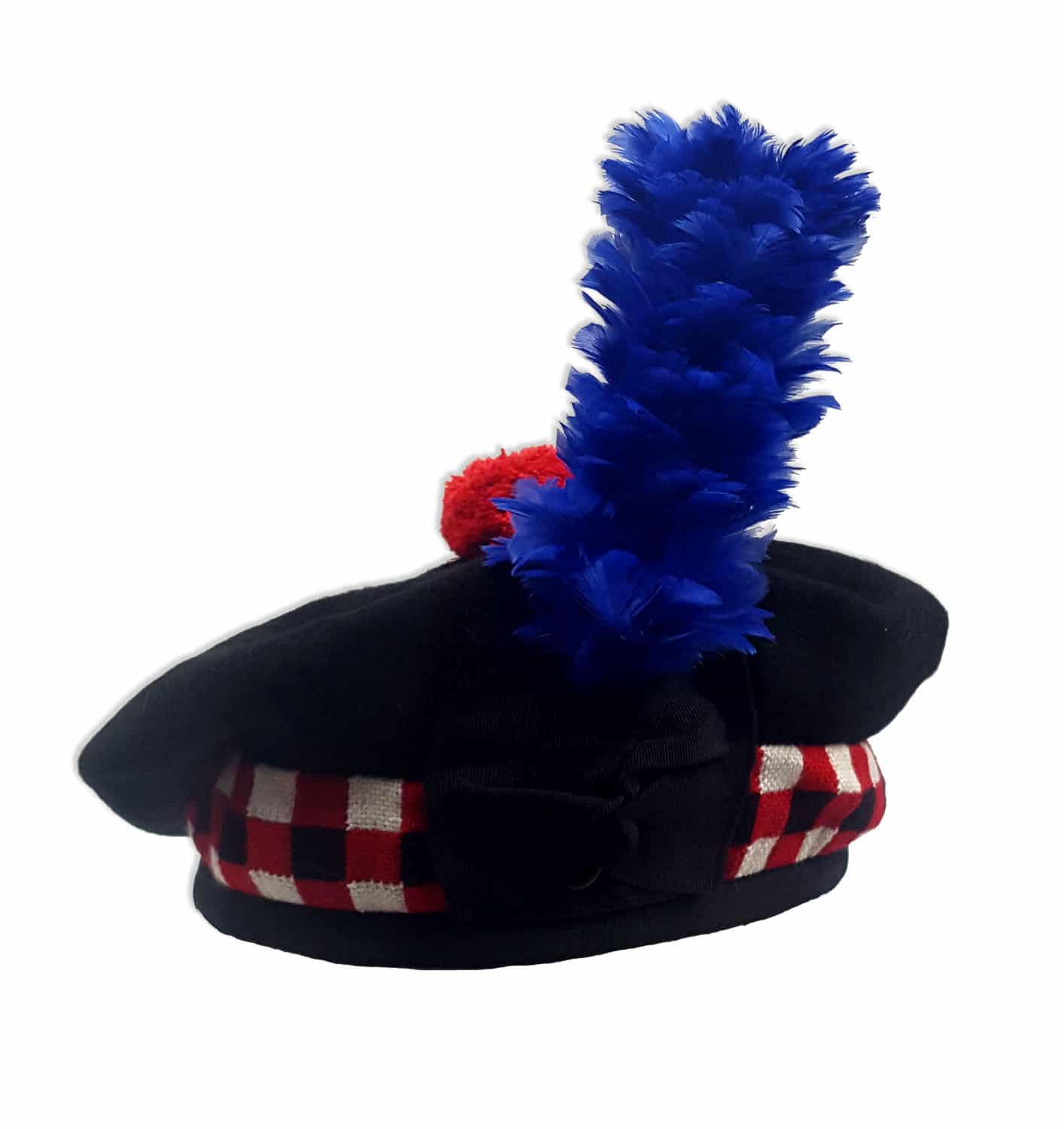When you think of Earth Day, the April 22 holiday dedicated to renewability, kilts probably don’t immediately come to mind. The Celtic Croft wants to change that by sharing with you the Celtic world’s best-kept secret. That secret: kilts, the iconic garment worn in Scotland and Ireland, are a sustainable garment.
Some Background on Earth Day
First, let’s talk about Earth Day. Renewability and sustainability are buzzwords right now, and for good reason. Our planet faces a variety of challenges, and among them is reducing pollution. These obstacles aren’t new, however.
The first Earth Day took place in 1970. In the mid-20th century, America faced an epidemic of air pollution; many citizens were unaware of the associated health consequences. Throughout the 1960s, Americans gained awareness of the threats rampant industrial pollution posed to them and to the planet.
A US Senator from Wisconsin, Gaylord Nelson, conceived the idea for Earth Day after a 1969 oil spill in California. Senator Nelson witnessed the fallout from the oil spill, and he knew something had to be done. Taking inspiration from the anti-war protests at the time, Senator Nelson wanted to harness similar energy to raise environmental awareness.
He teamed up with his fellow Senator, Pete McClosky, and a 25-year-old Harvard student named Denis Hayes. Hayes soon put together a nationwide staff of 85 people to promote Earth Day events.
The coordinators selected April 22nd as the first-ever Earth Day for a practical reason. That was a day that fell right between the end of Spring Break and final exams for most students.
20 Million Americans Rally for Renewability
On April 22nd, 1970, the first Earth Day occurred. 20 million Americans (10% of the population at the time) staged demonstrations across the country. They filled streets, parks, and other venues, demanding sustainability, and an end to pollution.
Activist groups advocating for different causes united. Those causes included factory pollution, toxic waste dumps, wildlife, and natural resource conservation, pesticides, oil spills, and more.
Earth Day 1970 was a feat of non-partisanship. People from both parties and all sectors of American society came together to demand action. They asked leaders and policymakers to defend everyone’s common home: Earth.
The Results of the First Earth Day
After that exciting day in 1970, the US Congress passed legislation to help protect the environment. Congress passed the Clean Air, Clean Water, and Endangered Species Acts. The government also created the United States Environmental Protection Agency.
Earth Day Becomes a Global Phenomenon
Denis Hayes coordinated a worldwide Earth Day in 1990 after he was approached by a coalition of environmental advocates. Earth Day 1990 saw 200 million participants across the world, in 141 countries. The movement was part of the catalyst for the 1992 United Nations Earth Summit and global recycling efforts.
Earth Day 2000 leveraged the power of the Internet to spread the observance to 184 countries. People continue to be impassioned about renewability and a clean, healthy planet. Earth Day 2020 will be the 50th anniversary of this global activist holiday.
Save the Planet, Wear a Kilt
We guess you could say The Celtic Croft is the tip of the spear in the fight against climate change. As a purveyor of wool kilts, we are pretty much renewability warriors.
Renewability, From Our Family to Yours
Think we’re exaggerating? Think again.
It’s no secret that the Celts have a reputation as fighting people. We’re scrappers, no doubt, and wool kilts are just the latest way we’ve leveraged our combative spirit.
Not only is wool a natural fiber, it’s renewable, since it’s, you know, grown on sheep.
Wonderful Wool
Where do we start with wool? Sheep consume carbon in the form of the plants and grass they eat, which they then use to grow wool. When sheep eat carbon, that’s carbon that’s not going into the atmosphere!
Wool is a natural, renewable form of carbon storage, keeping it out of the atmosphere. By one estimate, 2014 global wool production kept 1.9 million tons of carbon out of the atmosphere. As long as the wool is used, the carbon is stored safely away from the air we breathe and share.
That means the longer you wear a piece of wool, the more good you’re doing for the environment. And the good news about wool is that it’s a long-lasting material that does not require frequent washing. That means you’re also saving water when you wear wool.
It gets even better when it comes to wool’s role in the renewability and sustainability game. For one thing, wool is recyclable. In fact, it is one of the most recycled materials.
Finally, when a wool garment has done its duty and is no longer renewable, it biodegrades easily.
Show your commitment to the cause of renewability and a cleaner planet. Wear a kilt on Earth Day and get the message out about wonderful wool!
Kilt Rental
A particularly renewable form of kilt-wearing is kilt rental. When you rent a kilt, you are contributing to sustainability by reusing a material that is already carbon-reducing. If you aren’t ready to buy but still want to do something in the fight for the planet, consider renting.
The Celtic Croft: For All Your Renewability and Wool Kilt Needs
If you’re ready to take a stand this Earth Day (or any time of year), the Celtic Croft is standing by.
We offer a variety of kilt styles for all occasions. From utility kilts to military kilts, to kilts for kids, to old-fashioned kilts, we offer all kinds. We are also a licensed merchant for Outlander merchandise, including kilts, tartans, skirts, homewares, and novelty items.
Need a quick recap of Outlander? Check here.
The Celtic Croft is more than kilts, however. We also offer jewelry, keepsakes, and accessories that are sure to become treasured family heirlooms.
Visit The Celtic Croft and stock up on Scottish and Irish gear for the entire family. We offer more than lifestyle items for folks who share our love of all things Celtic. The Celtic Croft offers renewability and sustainability for the planet.
